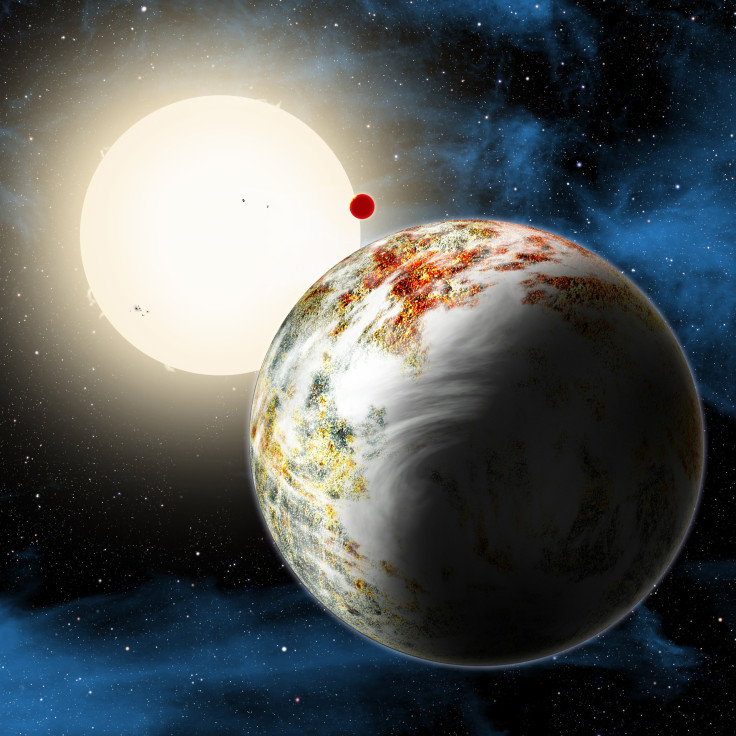'Mega-Earth' Discovery: Kepler-10c Is 17 Times Heavier Than Earth; Astronomers Baffled Over How It Formed
Astronomers have discovered a new type of planet, the “mega-Earth.” Kepler-10c is located around 560 light-years from Earth, in the constellation Draco, and is 17 times the mass and double the size of our planet. As for how it was formed, astronomers are stumped as a planet of that size would usually turn into a gas giant (like Jupiter) in the early stages of formation.

Led by Xavier Dumusque, from the Harvard-Smithsonian Center for Astrophysics (CfA), astronomers used data collected by NASA’s Kepler spacecraft and the HARPS-North instrument to determine the size and mass of Kepler-10c. The mega-Earth was discovered by Kepler as the space telescope observed the dimming of the host star as the planet orbited in front of it, a process known as the transit method.
Through the Kepler observations, the astronomers were able to determine Kepler-10c’s diameter, 2.3 times the size of Earth, as well as its orbit duration; the mega-Earth takes a mere 45 days to complete one orbit around its host star. The HARPS-North instrument, located on the Telescopio Nazionale Galileo, was used to measure the planet’s mass.
According to CfA, HARPS-N is a spectrograph which separates the light from a star into different wavelengths and different elements absorb light from these wavelengths. The absorption appears as dark streaks and the location of these lines are altered due to the gravitational pull of the orbiting planet, allowing astronomers to determine the mass of the planet as well as its composition, whether it be gaseous or rocky. In the case of Kepler-10c, the planet has a mass 17 times that of Earth and is a dense, rocky planet. Another astronomer, Dimitar Sasselov, described it as the "Godzilla of Earths."
Dumusque said in a statement, “Kepler-10c didn't lose its atmosphere over time. It's massive enough to have held onto one if it ever had it. It must have formed the way we see it now.” According to NASA, due to the gravitational pull of the planet it should have pulled in a massive amount of gas that would eventually increase its size and transform it into a gas giant. Natalie Batalha, Kepler mission scientist at NASA's Ames Research Center, said in a statement, “Just when you think you've got it all figured out, nature gives you a huge surprise – in this case, literally.”
A second study, which was also presented at the American Astronomical Society press conference, could explain the formation of Kepler-10c. Led by Lars A. Buchhave, from CfA, the study shows a connection between the orbital period of the planet and its size as it changes from a rocky planet to a gas giant. Kepler-10c is also unusual as it formed around 11 billion years ago, when the early universe did not have a lot of heavy elements required to create such a planet, notes CfA.
For the astronomers, the discovery of Kepler-10c is good news as it broadens the search for extraterrestrial life. Older stars could host rocky planets which could increase the number of possible habitable planets.
© Copyright IBTimes 2025. All rights reserved.






















